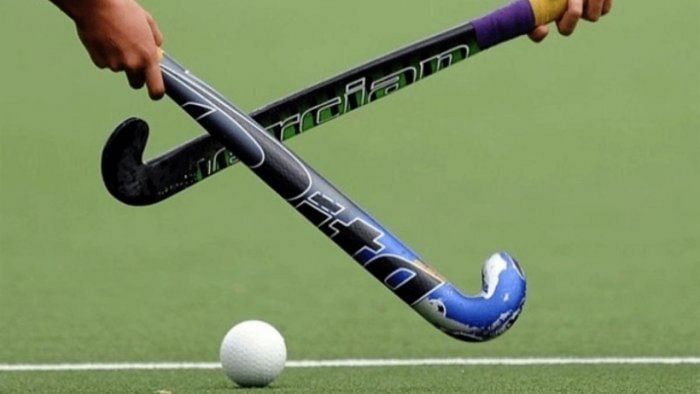
The Bangalore Schools Athletics' Association (BSAA) annual meet was a famous inter-school track and field and games competition before the turn of the century. As Ashwini Nachappa, India's iconic women sprinter, once remarked, "The BSAA meets were like the Olympic Games of the schools." Spectators came in droves to watch and cheer the young heroes. Chants like "Uncle, aunty, grandpop, we want our school on top" rented the air at these inter-school meets. Some odd brats preferred to shout "whisky, brandy, soda pop...." We are talking about cheerleaders now, but Bengaluru has had them for decades.
The local dailies gave generous coverage to the event, and the sports pages splashed the winners' pictures; many old-timers who participated in the BSAA meet still treasure the paper clippings featuring them. Some schools, like St Joseph's Boys, Sacred Hearts, St Francis Xavier's (SFX), Frank Anthony Public School (FAPS), Bishop Cottons and Baldwins, developed a glorious reputation for churning out champions.
Also Read | An officer and a son
In the 1950s, many government schools had no hockey infrastructure. My maternal uncle, M D Umapathi recalls that when his school squad, St Aloysius, turned up at the Fort High School grounds to lock horns with the hosts in a BSAA hockey fixture, an empty maidan greeted them. Sans a goalpost and markings, it appeared unlike a hockey arena and made the players wonder whether they were at the wrong venue! But the school teachers got to work promptly, and their enterprise eventually won the day! This was common, as many government schools and colleges had no money and expensive metal goalposts were out of reach, deemed even unnecessary. So they made do with sturdy bamboo ones, and nobody had any qualms. The incredible thrill of playing or watching a spectator sport was all that counted.
So here too, the teachers planted strong bamboo poles, fastened the nets and erected two makeshift goalposts on either side of the ground. Then, they marked the 'D' shaped striking circle, the playing area, the centre line, and the 25-yard lines neatly with chuna (lime). When the two teams finally squared off against each other, they and the spectators had the enterprising young men to thank. But for them, the game would not have started!
Also Read | It’s all relative, child!
Even hockey sticks were made of wood and had a shorter shelf life than today's expensive carbon fibre bats. Moreover, many youngsters back then played on the mud tracks barefoot, oblivious to soiling their clothes and feet. Only the fortunate few wore sneakers, and none wore protective gear. Goalkeepers rarely donned helmets but displayed remarkable agility to fend off stiff hits.
Though this posed a danger to life and limb, the players were skilled enough to ward off the threat. Besides, the competitions were always intense, and the participants took great pride in representing their institution. The once ubiquitous wooden goalposts that graced many government school grounds are now consigned to history!